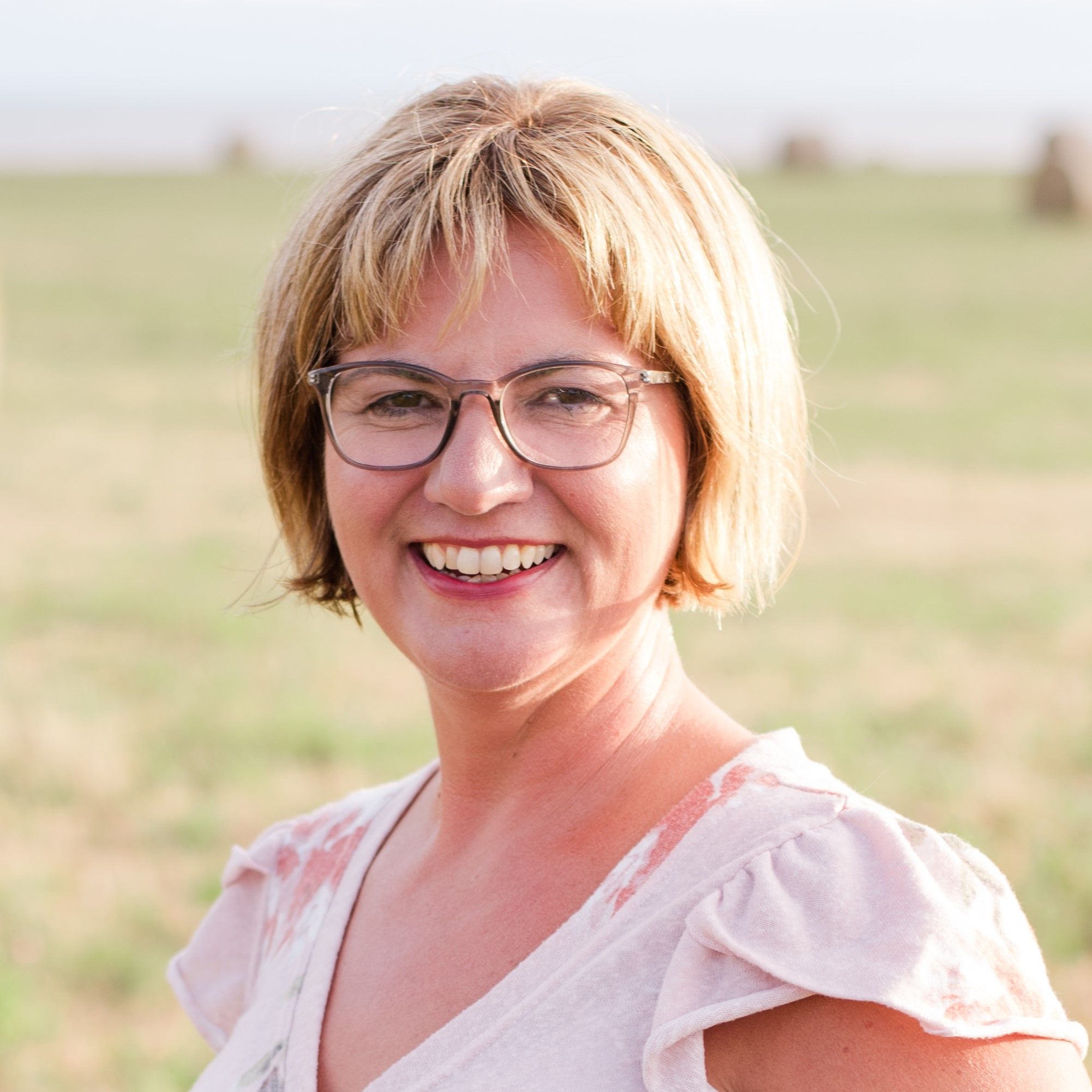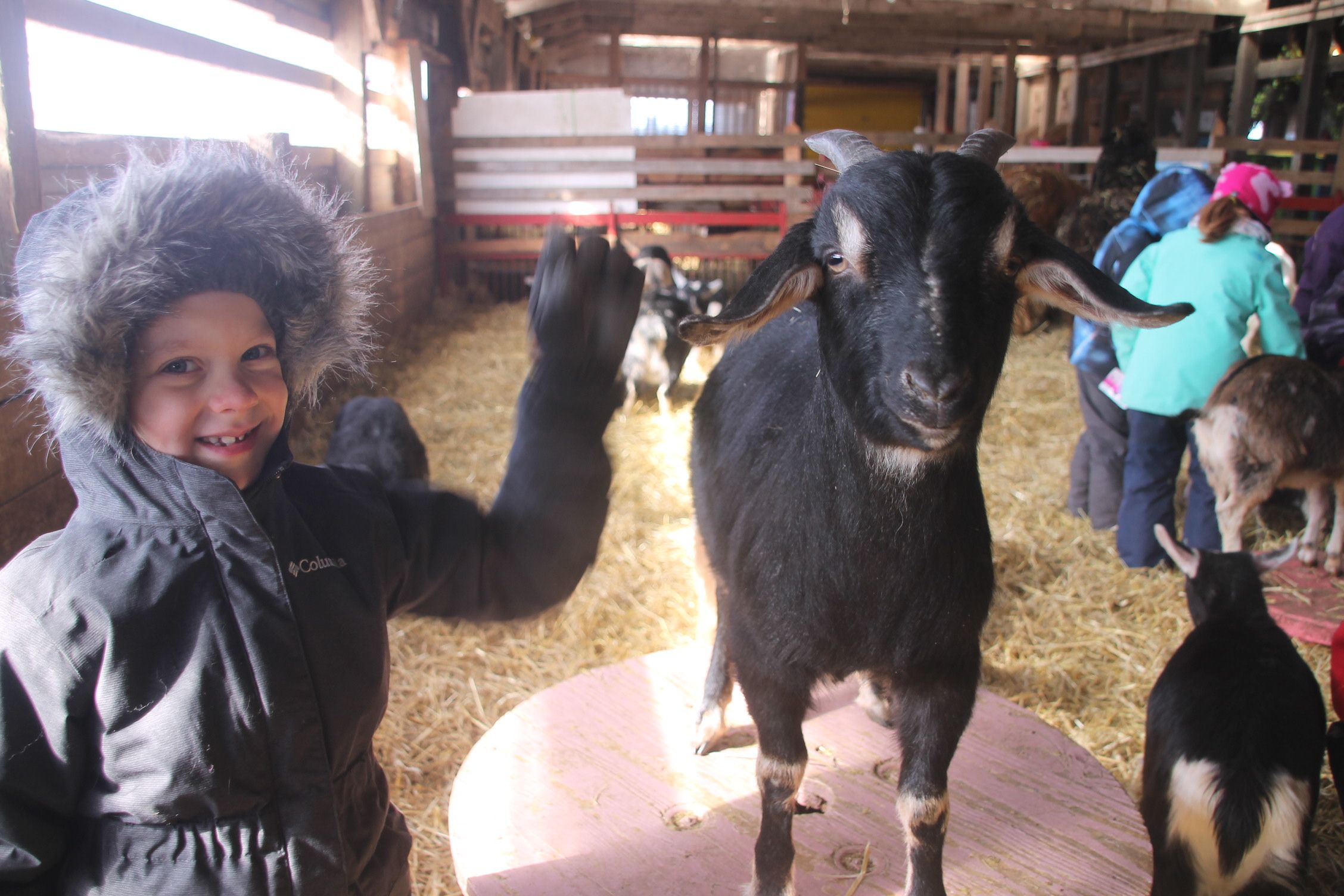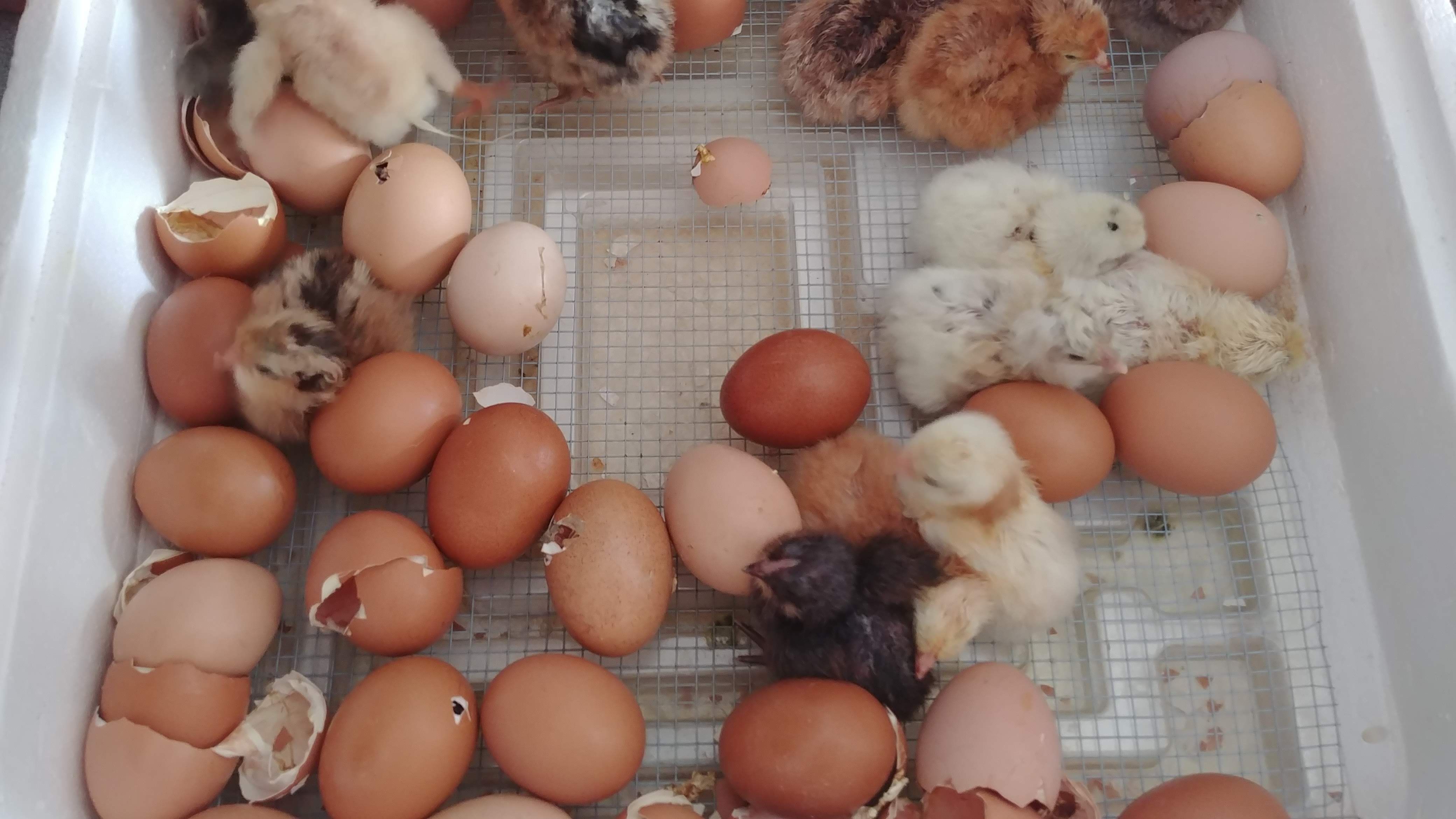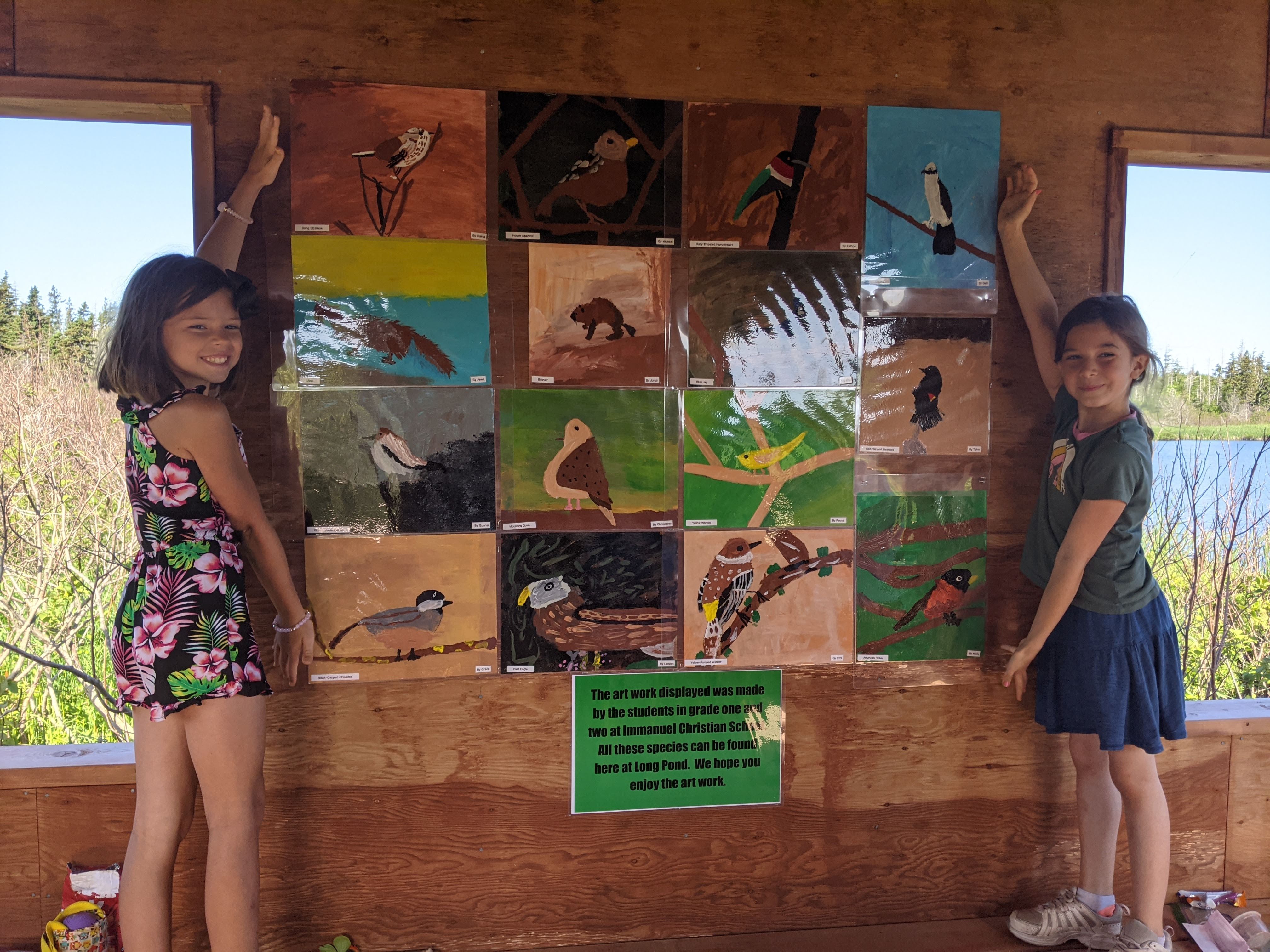Just Jump In: My First PBL Project



It can be quite challenging to start something new! Sometimes you want to know all the facts about something before you feel comfortable starting a new endeavour. With PBL, I certainly did not know a lot about it before I jumped in and tried it. I had some ideas about it, with some PD training but I think to really experience what PBL is, you really just have to try it! Kind of like riding a bike! Get on that bike and go!
For my first PBL, I decided to start with a familiar science unit. The past four years, I hatched chicken eggs in my classroom and I thought this project would be perfect to change into a PBL. So I took a look at my outcomes for science and noticed that the students needed to learn about animals and how they live. I thought I would expand my chicken study to all farm animals.
Then, I got stuck and didn’t really know where to go from here. I have found that I get the best ideas and my ideas can be better formed when I talk to someone. So, where else do you talk about your PBL ideas but at the Famer’s market with a friend on a Saturday morning, of course. I clearly remember this morning and explaining my ideas to my friend (who is a PBL expert). She asked, “well is there a farm that you could maybe partner with?” I thought and of course there is! I had taken my students to Island Hill Farm for field trips many times. She encouraged me to give the farmer a call to see if we could partner with them and ask the farmer if maybe there was something our class could do or make for the farm. This was all I needed, a little encouragement to make the call. So I called Island Hill Farm and talked to the farmer and sure enough, she was very excited to help us out and she had tons of ideas for me too! This was all I needed to get the project rolling and my excitement started to grow!
To get the students excited about this project, we went off to Island Hill Farm on a very cold day in March. I mean it was -30, yes, that cold! But that didn’t stop the farmers and their workers and us from having an amazing morning there with lots of learning and experiencing the animals. At this point, the students didn’t know about the project. The main purpose of this “entry event” is to get the students thinking and to peak their interest. And that was exactly what happened.

The day after the field trip, we talked about the trip together. The students talked about what they enjoyed most and what they observed at the farm. From there, I explained what the project would be. This farm is a farm where other kids visit and learn. There are all kinds of visual posters up that display information about the different animals and types. However, I said there were no posters to teach the visitors about the types of food the farm animals eat. So the project was to create five posters (one for each farm animal) and explain on that poster what that animal eats, a food guide for animals. The students were quite excited about this project and really had the sense that the farm “needed” these posters and they were there to provide them.
I introduced the driving question after this which is the main question that we will be answering in this project and that was, How Do Farm Animals Live?. After this, we worked on our NEED TO KNOWS. We listed all the things we need to know to answer this question. Sure enough, the students came up with everything that I wanted them to learn for outcomes for this project.

From here, during our science block of time, I would teach the students about one of our outcomes (need to knows) and at the same time, we would work on our posters. They were in groups of four working together on one poster.
Pictured here, one of the Food Guide Posters that is now displayed at Island Hill Farm:

I also had another project going on so that each student could show that they learned how a farm animal lives. This project was a class book where each student picked a farm animal and then had to write about how it lives. There was a model for this and the student also had to draw a picture to go with it. This was made into a book. I used Blurb to make the book and we had them printed and then sold the books to cover the cost and make some money. With the profit, we bought farm animals for people in other parts of the world through World Renew. We ended up raising $200 for farmers in Africa.
Also, while we were learning about how farm animals live, we had eggs incubating in our classroom and we learned how they are developing and about the life cycle of a chicken. We also learned how they hatch and the week that the chicks hatched was sure extra “egg”citing!

Now I do know that all our “first” PBL projects are successful. I was sure happy to have my first one full of wins. Reflecting on the project now is really good because I think some key aspects that helped it to become successful are:
- having a mentor or someone to talk about your project and provide good feedback
- being willing to reach out to organizations in your community
- being aware that your community usually wants to help
- being content with not being in control of every aspect of your lessons and that you may need to be flexible as you teach
This first project definitely got me “hooked” onto PBL. I saw engaged students who were working hard together to produce their best work and excited for the project. When students are asking to do the project and thinking about it during other times of the day, I know they are learning. And seeing them love to learn is a big win for everyone!

